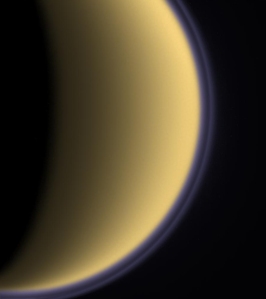I’m not usually a webcomic reader, but since I was introduced to Mare Internum, it has held my attention. It is deeply satisfying to read an astrobiology-related story that is told so beautifully.
On its surface, Mare Internum is the story of two scientists who suffer a catastrophic accident while investigating a martian cave. Michael Fisher is a pioneering geologist who recently suffered a mysterious breakdown and is being sent back to Earth. Bex, his replacement, is an entomologist who seems to have come to Mars to escape Earth. Little by little, their lives are revealed as interludes in the main story. And the main story… well, mare internum is Latin for “internal sea.”
The story is vividly illustrated. The characters, though not always comprehensible, are likeable. The only rough patch for me has been Chapter 2. I had trouble deciphering some of the art, and the story moved slowly. However, I was reading each page as it was released—since then, I’ve gone back and read the whole chapter, and it flows better. And I’ll grant that an extraterrestrial environment is inherently difficult to decipher.
I can’t speak for all astrobiologists (and I’m not technically an astrobiologist, ha), but this is a treat. Great art and action are paired with references to brines, botryoids, chemoclines, and a host of other ideas we hold dear. One of my favorite pages features a lovely rendering of Mars and opens the conversation up to panspermia—the concept that microbial life can travel from one planet to “seed” another. (Note that if you click the panspermia link, spoilers will happen!)
I very much want to see where this comic goes. If you like it, you might also want to read the author’s longer-running webcomic The Meek.
Speaking of the author, if you’re at the Emerald City Comicon this weekend, you can meet Der-shing Helmer in person. Lucky!

